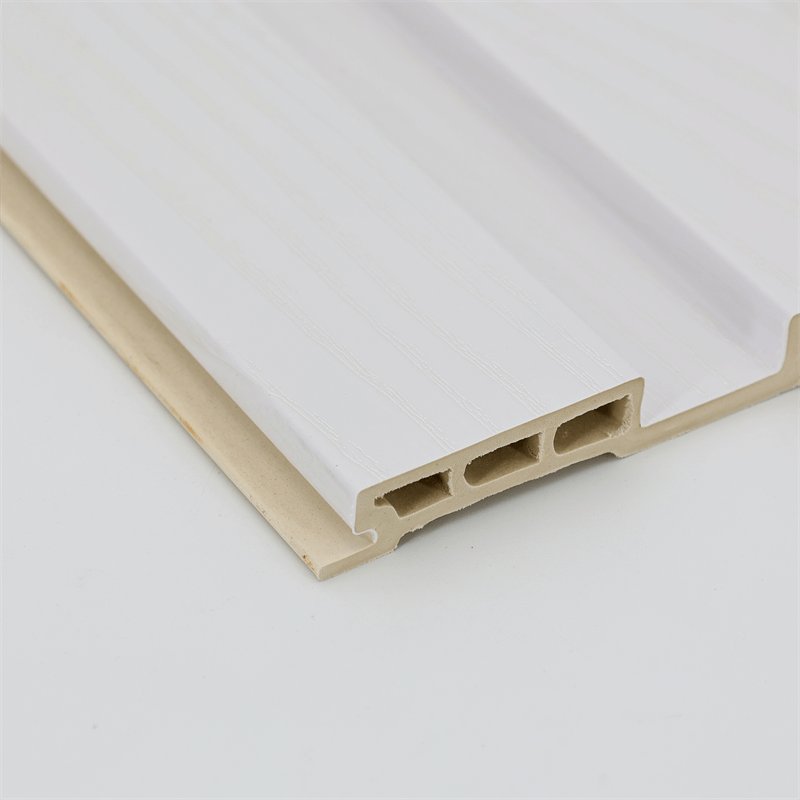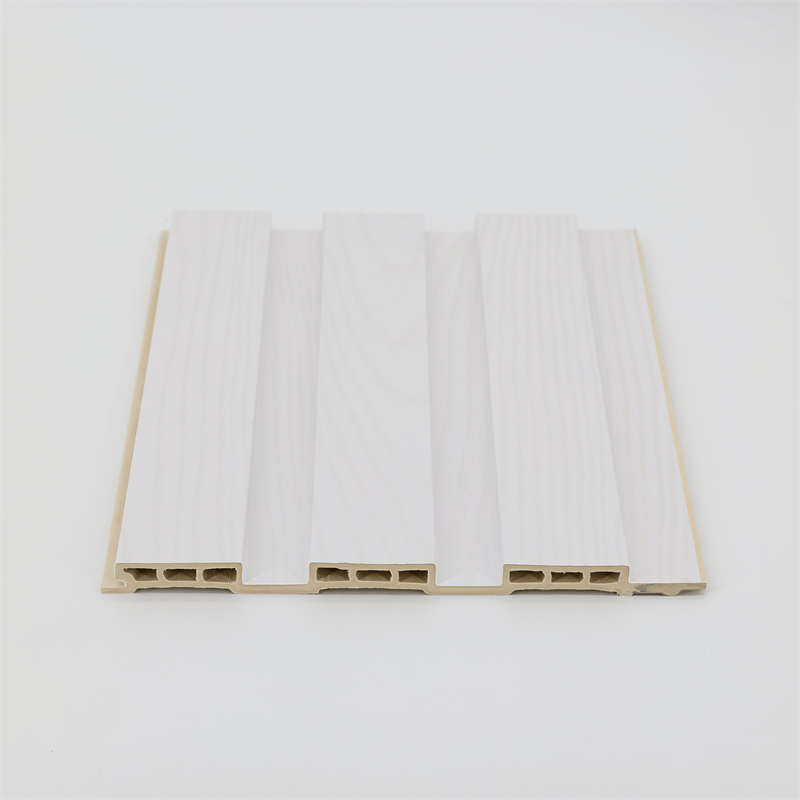The design and functionality of interior spaces play a pivotal role in creating aesthetically pleasing and practical environments.
WPC (Wood Plastic Composite) wall panels have emerged as a popular choice in interior design due to their ability to enhance the visual appeal and functionality of indoor spaces.
In this essay, we will explore how WPC wall panels contribute to the design and functionality of interior spaces through their versatility, customization options, acoustic performance, and ease of maintenance.
I. Versatility in Design:
WPC wall panels offer remarkable versatility in design, making them suitable for a wide range of interior spaces.
These panels come in various styles, patterns, and finishes, allowing designers to achieve diverse aesthetic visions.
Whether it’s a contemporary, minimalist look or a traditional, rustic ambiance, WPC panels can be customized to match the desired design style.
The versatility of WPC panels extends beyond their visual appearance.
They can be easily installed on different surfaces, including flat walls, curved surfaces, or even ceilings, providing designers with the flexibility to create unique and captivating interior elements.
The ability to combine different textures and finishes of WPC panels further enhances the versatility, allowing for the creation of visually dynamic and engaging spaces.
II. Customization Options:
WPC wall panels offer a wide array of customization options, enabling designers to create personalized and one-of-a-kind interior spaces.
These panels can be tailored to specific design requirements, such as size, shape, and color, ensuring a seamless integration with the overall design concept.
From a design standpoint, WPC panels can mimic the texture and grain patterns of natural wood, offering a warm and inviting ambiance.
They are available in a spectrum of colors, ranging from earth tones to vibrant hues, allowing for endless possibilities in color coordination and design cohesion.
Furthermore, WPC panels can be combined with other materials, such as glass or metal, to create unique visual contrasts and focal points.
III. Acoustic Performance:
Acoustic comfort is a crucial aspect of interior spaces, particularly in environments where noise reduction is essential.
WPC wall panels excel in acoustic performance, providing a solution to improve sound insulation and reduce noise pollution.
The dense composition of WPC panels helps absorb sound waves, reducing reverberation and echo within a space.
This aspect is particularly advantageous in areas such as offices, educational institutions, or entertainment venues where clear communication and noise control are vital.
By creating a quieter and more comfortable environment, WPC panels contribute to improved productivity, concentration, and overall well-being of occupants.
IV. Ease of Maintenance:
Maintaining the cleanliness and appearance of interior spaces is a key consideration in design.
WPC wall panels offer ease of maintenance, making them a practical choice for busy environments or spaces where hygiene is paramount.
Unlike traditional materials such as wood or gypsum, WPC panels are resistant to stains, scratches, and water damage.
They do not require sealing, staining, or painting, saving both time and resources in maintenance efforts.
Additionally, WPC panels can be easily cleaned with mild detergents and water, ensuring a hygienic environment and prolonging the lifespan of the panels.
WPC wall panels enhance indoor spaces through their design versatility, customization options, acoustic performance, and ease of maintenance.
With their ability to complement various design styles, WPC panels provide designers with the freedom to create visually appealing and personalized environments.
The acoustic properties of WPC panels contribute to a quieter and more comfortable ambiance, promoting productivity and well-being.
Moreover, the low maintenance requirements of WPC panels ensure a practical and hygienic interior space.

In summary, WPC wall panels offer a combination of design aesthetics and functional benefits that enhance the overall appeal and usability of indoor spaces.
As the demand for versatile and practical interior solutions grows, WPC panels have become a valuable asset in the field of interior design,
providing designers and homeowners with a sustainable and visually captivating option for creating aesthetically pleasing and functional environments.
In conclusion, WPC wall panels are an excellent choice for enhancing the design and functionality of indoor spaces.
Their versatility in design allows for customization and the creation of unique visual aesthetics, catering to a wide range of design styles and preferences.
The ability to customize the panels in terms of size, shape, and color ensures a seamless integration with the overall design concept, resulting in personalized and visually striking interiors.
Furthermore, the acoustic performance of WPC panels contributes to a quieter and more comfortable environment, improving sound insulation and reducing noise pollution.
This aspect is particularly beneficial in spaces where noise control is essential, promoting productivity, concentration, and overall well-being.
The ease of maintenance offered by WPC wall panels adds to their practicality and suitability for busy environments.
With their resistance to stains, scratches, and water damage, and the minimal maintenance requirements, WPC panels save both time and resources, ensuring a hygienic and visually appealing interior space.
Overall, WPC wall panels combine design aesthetics with functional benefits, making them a valuable addition to interior design.
As the demand for versatile, customizable, and low-maintenance interior solutions continues to grow, WPC panels have emerged as a preferred choice,
providing a sustainable and visually captivating option for enhancing indoor spaces.


